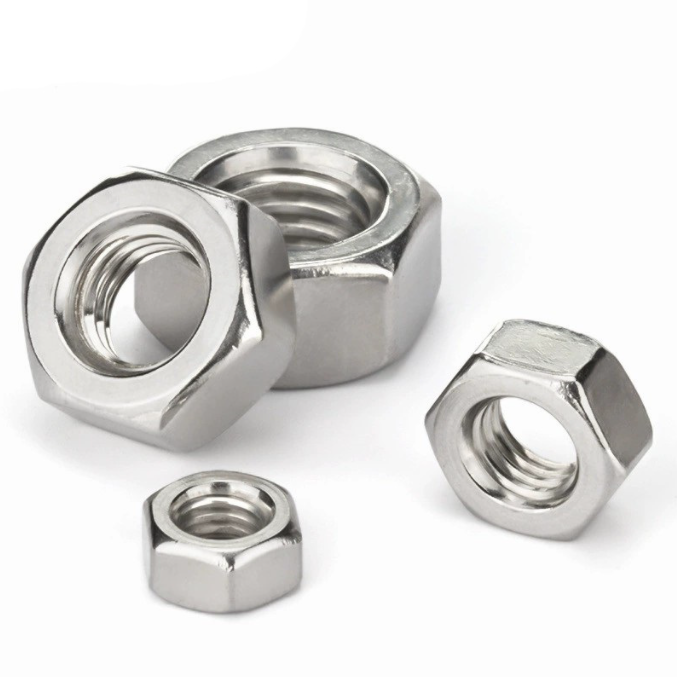

heavy duty flat washers
Nov . 13, 2024 13:32 Back to list
heavy duty flat washers
The Essential Guide to Heavy Duty Flat Washers
In the world of fasteners, heavy-duty flat washers are often an overlooked component, yet they play a vital role in ensuring the integrity and longevity of various assemblies. This article aims to shed light on what heavy-duty flat washers are, their design features, applications, and the benefits they bring to different projects.
What Are Heavy Duty Flat Washers?
Heavy-duty flat washers are disc-shaped metal or plastic components, typically used in conjunction with bolts and nuts to distribute loads across a larger surface area. Their primary purpose is to prevent a bolt or nut from pulling through or causing damage to the surface of the material being fastened. These washers are thicker and wider than standard washers, hence the term heavy-duty. They can withstand greater stress and are engineered to provide superior durability and resistance to deformation.
Design Features
The key features of heavy-duty flat washers include
1. Material Heavy-duty flat washers are made from various materials, including stainless steel, carbon steel, brass, and plastic. Stainless steel washers are particularly favored for their corrosion resistance, making them ideal for outdoor and marine applications.
2. Thickness and Diameter These washers come in a variety of thicknesses and diameters to accommodate different load requirements and bolt sizes. The ability to choose an appropriate washer ensures that the load is effectively distributed, thus enhancing joint stability.
3. Finish They can also come with a range of finishes, such as galvanized, anodized, or plain, depending on the environmental exposure they will face. A protective finish can significantly extend the lifespan of the washer by preventing rust and wear.
4. Standards and Specifications Many heavy-duty flat washers comply with various industrial standards, ensuring they meet specific performance criteria. Common standards include ASTM, SAE, and ISO, which define size, material properties, and acceptable tolerances.
Applications
Heavy-duty flat washers are used across diverse industries and applications, including
1. Construction In building and infrastructure projects, these washers provide vital support for bolts used in heavy steel structures, ensuring long-term stability.
heavy duty flat washers

2. Automotive In vehicles, they are often used in suspension systems and engine mounts, where they help absorb vibrations and enhance mechanical strength.
4. Aerospace The aviation industry requires the utmost reliability. Heavy-duty flat washers are critical in aircraft assembly to ensure safety and performance.
5. Marine Given their corrosion resistance, heavy-duty flat washers are often used in boats and ships, protecting fasteners from saltwater exposure.
Benefits of Heavy Duty Flat Washers
Utilizing heavy-duty flat washers in assemblies brings several advantages
1. Load Distribution They distribute the load more evenly across the surface, which prevents damage and prolongs the life of the materials being fastened.
2. Vibration Resistance These washers help to minimize the effects of vibration, reducing wear and tear on the fasteners, thus enhancing joint integrity.
3. Ease of Assembly The installation of heavy-duty flat washers simplifies the assembly process and can improve the overall quality of the fastening.
4. Cost-Effectiveness Although a small component in the grand scheme of a project, the cost of heavy-duty flat washers is minimal compared to the protection and performance benefits they offer.
Conclusion
In summary, heavy-duty flat washers are indispensable in ensuring the reliability and durability of various mechanical systems. Their unique design, made from robust materials, allows them to withstand significant stress and strain across a multitude of applications. Whether it’s in construction, automotive, or aerospace, these washers contribute greatly to the safety, longevity, and quality of the assemblies they are part of. Choosing the right heavy-duty flat washer for your project can make a substantial difference, enhancing performance while safeguarding against potential failures.
Latest news
-
High-Strength Hot Dip Galvanized Bolts - Hebei Longze | Corrosion Resistance, Customization
NewsJul.30,2025
-
Hot Dip Galvanized Bolts-Hebei Longze|Corrosion Resistance&High Strength
NewsJul.30,2025
-
High-Strength Hot-Dip Galvanized Bolts-Hebei Longze|Corrosion Resistance&High Strength
NewsJul.30,2025
-
Hot Dip Galvanized Bolts-Hebei Longze|Corrosion Resistance&High Strength
NewsJul.30,2025
-
Hot Dip Galvanized Bolts - Hebei Longze | Corrosion Resistance, High Strength
NewsJul.30,2025
-
High-Strength Hot Dip Galvanized Bolts-Hebei Longze|Corrosion Resistance, Grade 8.8
NewsJul.30,2025

